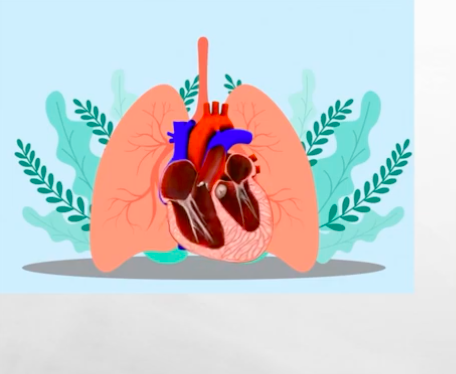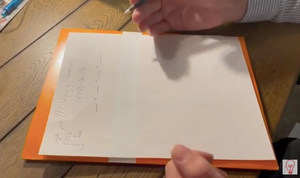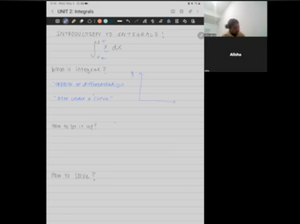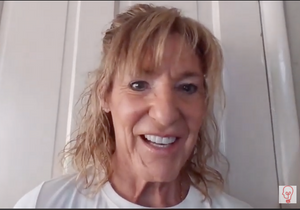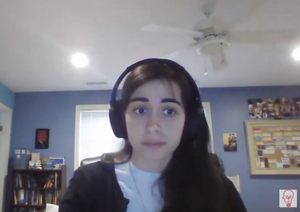Connect with Rima
Hi guys. My name is Rema Hahan and I'm a holistic health practitioner. I'm also a health coach. I'm also a holistic nutritionist and nutritionist consultant, a personal trainer, and a medical exercise specialist. And today's topic is about the heart. And I'm gonna go ahead and help you study your anatomy for the heart and its function in our body. What is the heart? How do we define it other than it makes us cry or it makes us love? Or we say we have emotions from our heart. So what is it?
The heart is a muscular pump that rhythmically contracts to push blood throughout the body. So it contracts involuntary and rhythmically and it distributes blood and pushes blood to our whole body and it gives us life. Where is it placed? It's placed obliquely in the center of our thoracic cavity. So it's placed think of it in the middle of our chest. And the thoracic cavity is the chamber within the chest that contains the heart and the lungs. And it's also positioned anterior to our spine, like in front of our spine and behind our sternum, which is the breast bone. And also it's between our lungs, the left and right lung.

The heart is contained in the area of the chest and the area is known or is called the media, M E D I A S T I N U M. The media, that's where the heart is. The mein is the space in the chest between the lungs that contains all the internal organs of that chest, like the heart and the esophagus. What is the heart made of? It's made off of cardiac muscles. The cardiac muscle is similar to our skeletal muscles in that the cardiac muscle sense cells contains myofibrils and sars. And we will explain myofibrils and SARS in our next slides and how much our heart weighs. Our heart weighs around 300 grams or approximately 10 ounce. So our heart contracts involuntary and it acts as a pump and it pushes blood to our body. It's placed in front of our spine and behind our sternal. And it's roughly or approximately weigh around 300 grams and or 10 ounces, approximately around 10 ounces. And it's made up of cardiac muscles. And how many chambers does it have? It has four chambers. And we are gonna talk about those in the next slide. So how many chambers there is in the heart? In our heart? What is its structure? It has four hollow chambers and it has atrium, right atrium, left atrium, right ventricle and V ventricle left ventricle. So it's right and left. What do they do?
Well first, let's see where the atriums are placed. The atriums are placed on the top and then the ventricles down. So the atrium's up and then ventricles down in the chambers. So think of it as divided into four squares. There is square A right, A left, and then V, right, and we left. And the A is comes on the top, so it comes before the V. So think of the A as comes before the V and think that the A is a place where it has, it acts like your reservoir where it receives the blood because the right atrium receives deoxygenated blood from our body. And the left atrium receives also blood oxygenated blood. So the right deoxygenated blood that's low in oxygen and high in carbon dioxide. And the left receives oxygenated blood from our lungs. So where does it receive it? From? Our lungs. So that's the atrium. What about the ventricle? The ventricle distributes blood. Think of it as it distributes blood. It's where you spread the blood in the body. So the right ventricle takes the blood that he oxygenated from the right atrium and takes it, let it release to the lungs, takes it to the lungs to get oxygenated, and then the oxygenated blood comes back to the left atrium and then it is distributed and then it goes down to the ventricle to the left ventricle where it's distributed to the whole body. So that's what it is.
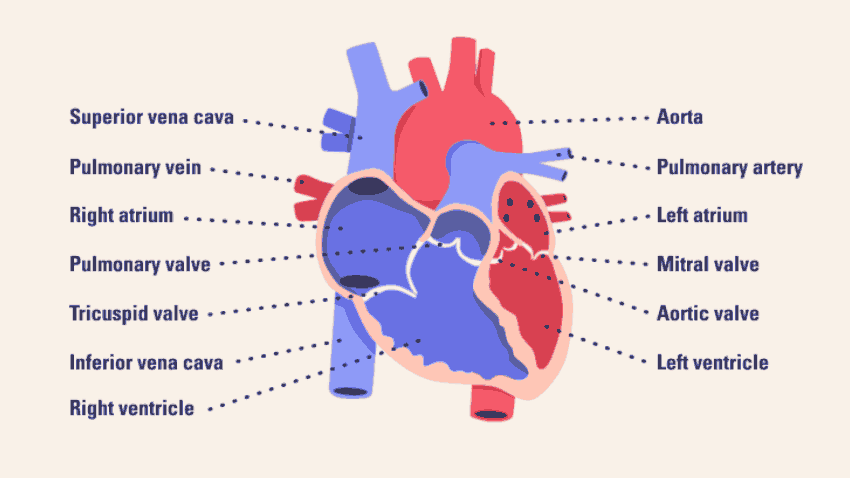
The right atrium gathers deoxygenated blood returning to the heart from the body, whereas the left atrium gathers oxygenated blood coming to the heart from the lungs. So the atrium, they gather blood, think of them as a reserv war. They gather the blood. What about the ventricles? The ventricles are larger chambers located inferiorly we said on the bottom, on both sides of the heart. The right ventricle receives the deoxygenated blood from the right atrium and then pumps it to the lungs through the pulmonary artery. So through which artery? So the right atrium. So the right ventricle I apologize, receives the deoxygenated blood from the right atrium and then pumps it to the lungs through the pulmonary artery to be saturated with incoming oxygen. So as it has oxygen in it. And the right ventricle has thin walls and pumps under low pressure because it only needs to pump blood a short distance to the lungs. However, the left ventricle receives the oxygenated blood from the left atrium and proceeds to pump it through the entire body. The left ventricle has a thicker wall because it needs more pressure and more pumping to our body. So each chamber of the hearts, the four chambers, are separated from one another via one way of the valve to prevent a backflow or s spillage of blood back into the chambers. So that's how you should think about them. The atrium, the atrium comes before the ventricle. A comes before V and ax as a reserve were they do collect blood. The right atrium collects the oxygenated blood while the left atrium collects oxygenated blood.
So when the oxygen, the deoxygenated blood comes to the right ventricle, it goes to the left ventricle, sorry, it goes to the right ventricle. And the right ventricle takes it to the lungs to be oxygenated right and then lungs. And then after that, the oxygenated lungs goes back to the left atrium and then goes to the ventricle, the left ventricle, and it goes to our body. And don't forget that they have valves between each chamber, so as the blood can go back and forth, so it becomes systematic. So think A comes before v and a is the top, while V is in the bottom, A X has a reserv for it collects the atrium, collects the blood where V distributes the blood, the ventricle, the right ventricle distributes it to our lungs because it's deoxygenated blood and we want it to get oxygenated and the left ventricle because it receives it from the left atrium and it's oxygenated because it comes from the lungs, it goes directly to the body. So what's next? So we did go ahead and know that the heart is made up of cardiac muscles and the cardiac muscles have fiber inside them that are shorter than any other connected skeletal muscle. And we have to know that those muscles are really very tachy connected and they do have a presence inside them of the interrelated discs.
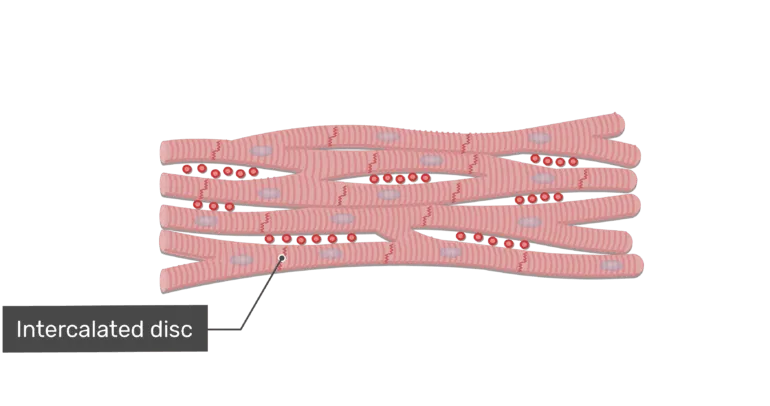
What's the interrelated discs? It's an irregular space, dark band between cardiac cells and what's their function? To put the whole it's really to connect the whole heart together when it's contracting, and it's also creates an electrical connection between the cells. So when it do that, when we say that it really connects the cells together and it creates electrical connection between the cells, what happens is that when the heart contracts, it contracts all together because of the interated discs. And so the heart has its own built-in conduction system that tracker descends an electrical signal through throughout all the cardiac cells.
Now, how do we go ahead and measure the contraction of the heart? And that's through something called arresting heart rate. The resting heart rate do measure the heart contraction while a person is at trust and not when he is having any activity or anything else, but it's when he is at chest because if a person like runs or do anything else, the pulse will increase. So resting heart rate, it's also known as a pulse, means the number of the times the heart contracts per minute while at chest. The resting heart rate S can vary directly depending on the age, size, gender, and how status of a person and the fitness of the level of a person. Generally speaking, it's between 60 and a hundred beats per minute. That's generally however the, it'll increase its heart rate in response to exercise, physical activity, and it lowers its heart rate during deep sleep.
So it's important to know that the heart is really a very, very important organ in our body and we need to take care of it. So thank you for listening to my lecture today. I hope it was helpful to you. Please leave comments and don't forget to subscribe. Just make sure that I would love to know that if you understood it helped you to study to understand the heart functions. I did go ahead and give you a general idea, so about the heart and how it works and how to define the heart. Please leave your comment and don't forget to subscribe to my channel. Thank you. Bye.

